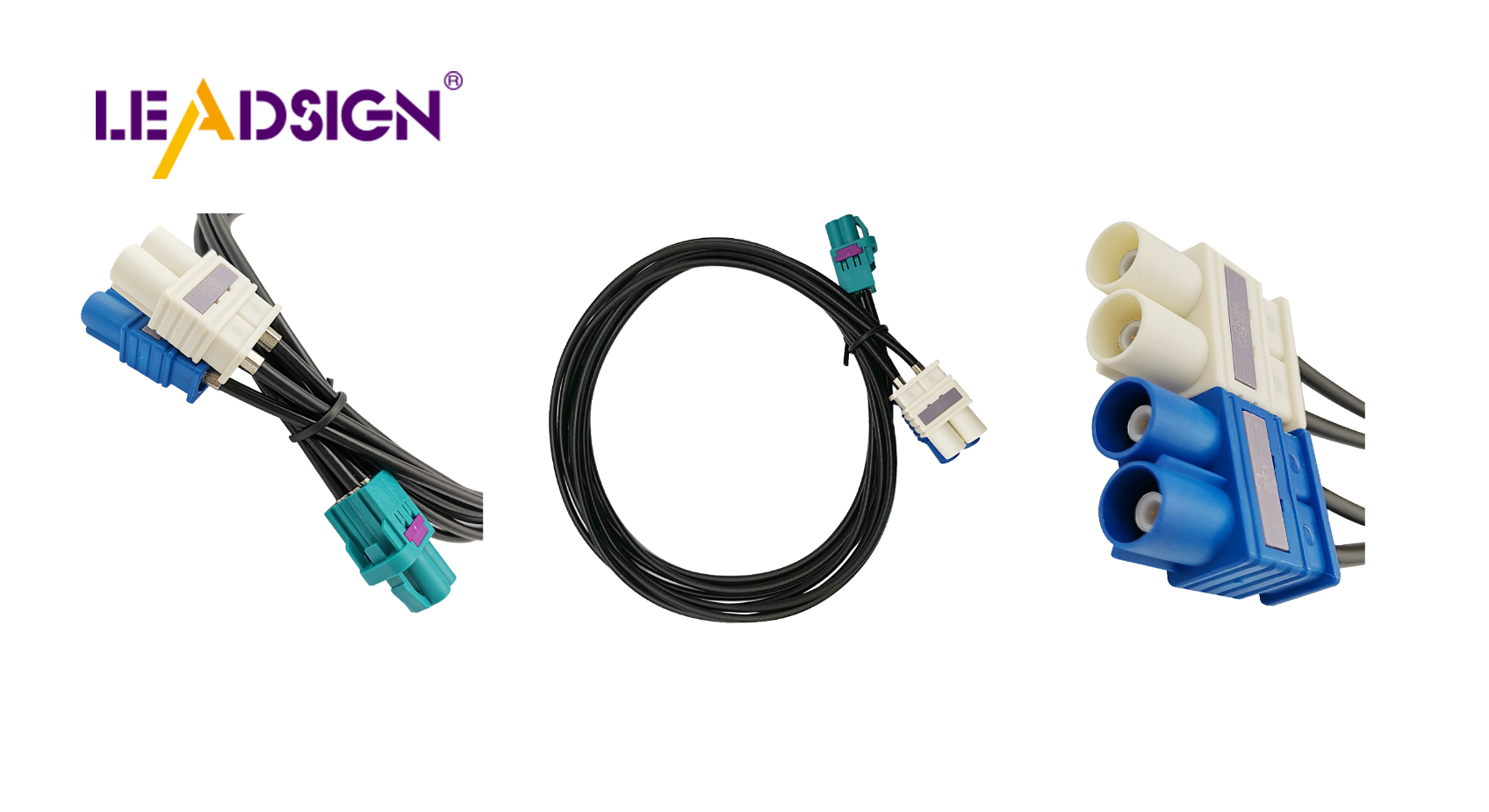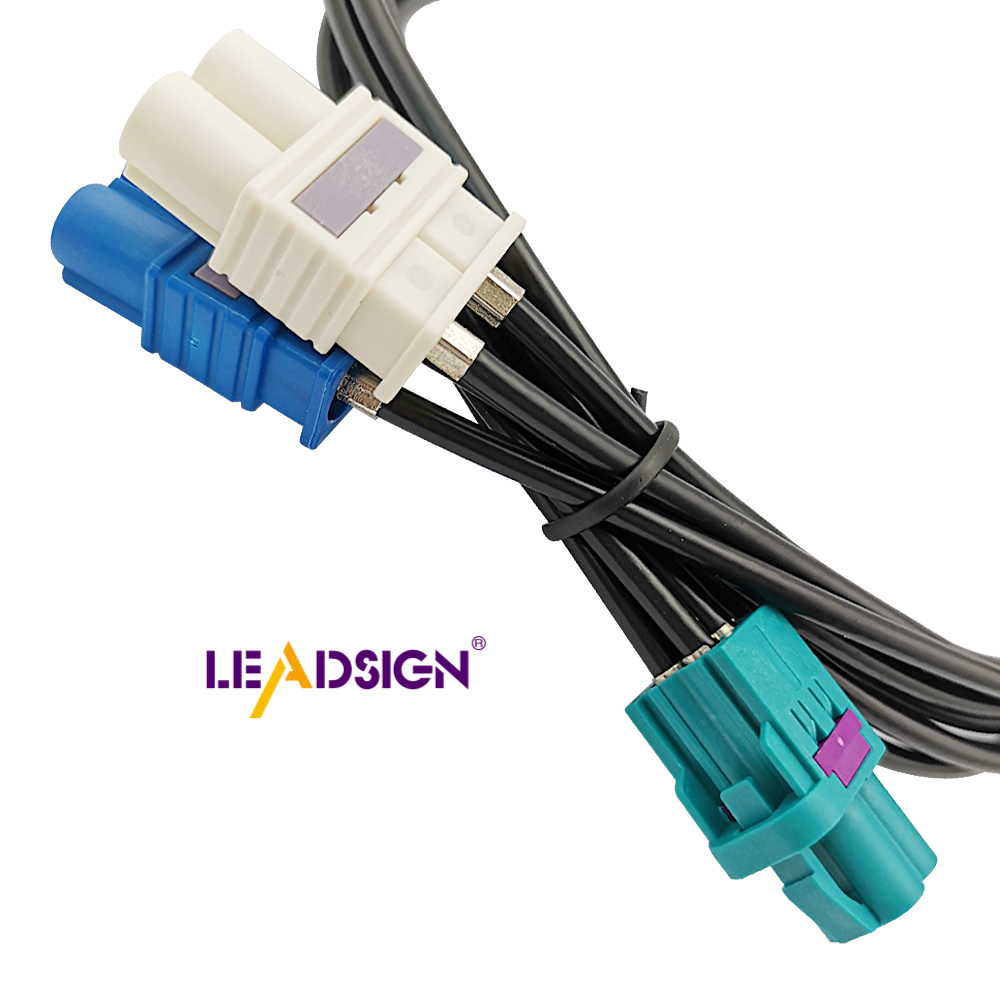Understanding the Need for 50 Ohm Coax Cable Types

50 Ohm coax cable types are very important in many uses. They work well with high frequencies and keep signals strong. These cables are needed for radios, data sharing, and RF tasks. They carry power without losing much strength, so they are used in big setups, TV stations, and wireless networks. The 50 Ohm value is a common choice for RF designs. It helps things like microwave transmitters and two-way radios work their best.
Technical Considerations of 50 Ohm Coax Cable Types

Attenuation and Signal Loss
50 ohm coax cables help keep signals strong. They are good at stopping signal loss. This is important for sending data clearly. These cables work well with high frequencies. They make sure signals stay strong over long distances. The design keeps the signal steady and clear, cutting down on noise.
How 50 Ohm Cables Minimize Signal Loss
Signal loss depends on frequency, materials, and shielding. 50 ohm cables are made to handle these issues well. They have low signal loss rates, which means they send signals far without losing strength. This makes them great for sending data and wireless signals.
Comparison with Other Impedance Values
50 ohm cables differ from 75 ohm ones in some ways. While 75 ohm cables are better for videos because they lose less signal over distance, 50 ohm cables are best for data and wireless uses. They give about 1.3 times more power than 75 ohms at 100 feet, making them better for boosting cell signals.
Power Handling Capabilities
50 ohm coax cables can handle a lot of power well. They manage high power levels without losing much signal strength, which is important in tough jobs.
Suitability for High-Power Applications
These strong cables work well in high-power places like microwave transmitters and radios. They can take lots of power without losing performance, so they're very useful there.
Impact on Cable Performance
How much power these cables can handle affects how they work. By managing high power well, they keep signals clear and strong. This is key for things like phone calls or TV broadcasts that need good quality all the time.
Working with RF Devices
Linking RF Devices to Antennas
To link RF devices to antennas, impedance matching is key. Impedance matching makes sure power moves well from the device to the antenna. When cable, device, and antenna have the same impedance, signals stay strong. The 50 Ohm impedance is popular in RF setups for this reason. It stops signal problems and keeps quality high, making it a top pick for many uses.
Why Impedance Matching Matters
In RF systems, impedance matching is important. It cuts down signal bounce that can mess up signals. Using 50 Ohm coax cables helps power move well between devices and antennas. This matters a lot in high-frequency tasks where small mismatches can cause big losses.
Antennas That Work with 50 Ohm Cables
Many antennas work with 50 Ohm coax cables like dipole, Yagi, and patch antennas. These antennas do better with 50 Ohm cables because of good impedance matching. This makes them great for wireless systems like radios.
Role in Microstrip Transmission Lines
Microstrip transmission lines also use 50 Ohm coax cables a lot. These lines are found on printed circuit boards (PCBs) for RF jobs. The 50 Ohm standard helps keep signals clear by stopping reflections.
Use in Printed Circuit Boards
On PCBs, microstrip lines carry RF signals around the board. Using 50 Ohm cables keeps impedance steady across circuits. This steadiness stops signal weakening and keeps signals strong as they move through the board.
Advantages in RF Circuit Design
Using 50 Ohm coax cables gives many benefits in RF design. They offer a solid way to match impedance which keeps signals intact. These cables help get power across well and cut down on signal bounce for better system performance overall. The idea of using 50 Ohms started in the 1930s for radio transmitters needing good power handling and still matters today.
50 Ohm coax cables are popular because they handle power well and lose little signal. This value started in the 1930s for radio transmitters needing good power transfer. Now, these cables are key in RF and high-frequency uses, keeping signals strong. They work well with both high power and voltage tasks, making them very useful in many areas. By keeping impedance steady, 50 Ohm coax cables give dependable performance, showing their importance in today's tech.
See Also
Why FAKRA Coaxial Cables Matter in Automotive Technology
Harnessing the Strength of FAKRA Coaxial Cables
Maximizing the Benefits of FAKRA Coaxial Connectors
Exploring the Flexibility and Advantages of FAKRA Connectors

